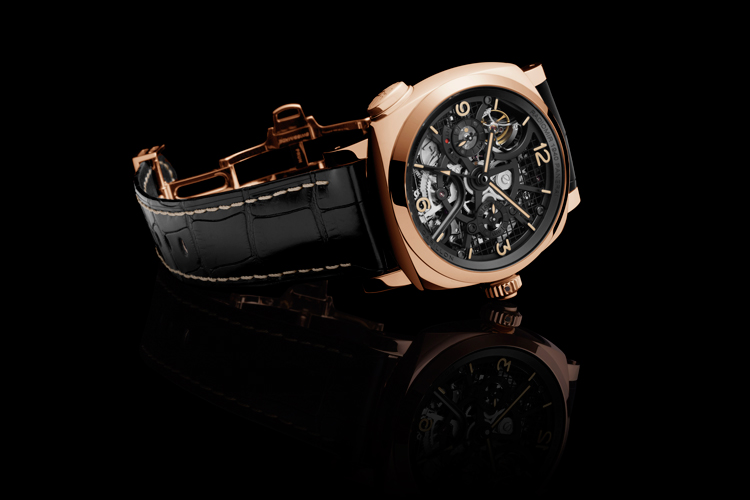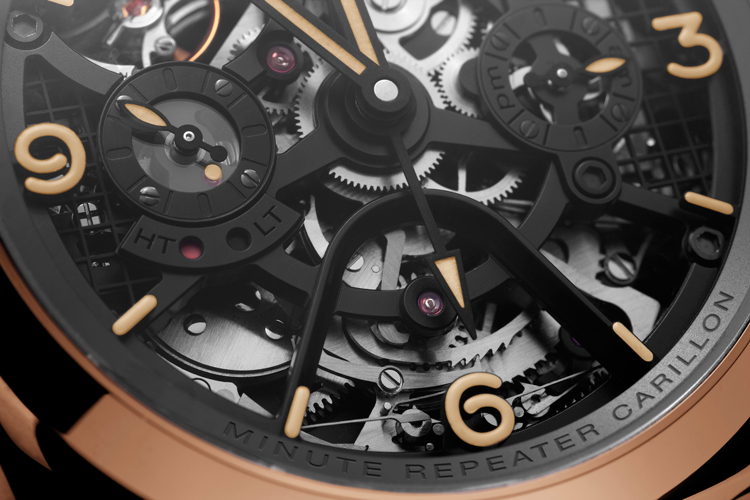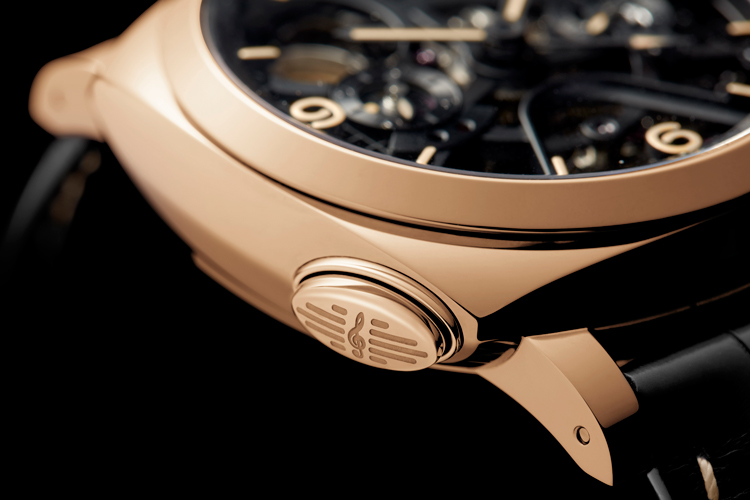It’s not frequent that His Style Diary covers luxury timepieces, but we found the latest, über-exclusive, ultra-technical Panerai Radiomir 1940 Minute Repeater Carillon Tourbillon GMT too intriguing to pass on. When the 156-year-old Florentine watchmaker creates a watch they call its technically most complicated, it’s certainly worth our coverage.
We’re not horology wonks here, so don’t expect too much gushing about the nitty gritty technicalities. We were first taken by the hand-wound mechanical timepiece’s conspicuous beauty – 18 carat red gold case, engraved black dial, and skeletonisation on both sides to reveal its intricate mechanism. All handmade in Neuchâtel, Switzerland, of course.


Good looks aside, within the handsome 10.35-millimetre body is a newfangled P.2005/MR Manufacture movement, a hi-tech calibre fitted with a minute repeater mechanism that transcends the ordinary. The usual repeater – a watch that chimes to indicate time – tells time in frankly an over-complicated way. 10:20 would be indicated by ten chimes for the hour, a different chime for the quarter of an hour, then five chimes at a different tone to make up the rest of the minutes.
What’s with the quarter-hour chime? To suit an age of digital watches and metric systems, the Panerai Minute Repeater Carillon uses a triple chime to represent every ten-minute interval. 10:20 would therefore be ten chimes, and two triple chimes. Easier, quicker, more direct. In a bid to capture the heart of frequent travellers, this carillon can be activated for both the home time zone and a local time zone, indicated by a red HT/LT dot at 8 o’clock.

A more technical tidbit next: Panerai’s tourbillon regulator, the result of a four-year long R&D effort, doesn’t rotate on itself the way classic tourbillons do to cancel out the effect of gravity and shocks on time accuracy. The tourbillon cage rotates on a perpendicular axis to the balance, instead of parallel. Furthermore, the rotation is twice more frequent – once every 30 seconds, instead of every minute. Changes of rate are evened out more effectively, making the watch that much more precise.
It’ll probably be much clearer if this was all explained in person. If you crave a look at the plethora of luxury timepieces throughout the history of Officine Panerai, if you wish to delve into its world of innovation, Italian heritage, and associations with the Navy – head to Florence in May.
Held from 18th to 21st May in the crypt of the former Basilica of San Pancrazio, home of the Marino Marini Museum, the Panerai – Dive Into Time exhibition will host a previously unseen collection of creations from Panerai’s first instruments in the 19th century, to its creations for the Royal Italian Navy in the years before and after the Second World War, to its more recent Richemont years. It will also be a chance to see, in person, a remarkable selection of Panerai’s new offerings.



